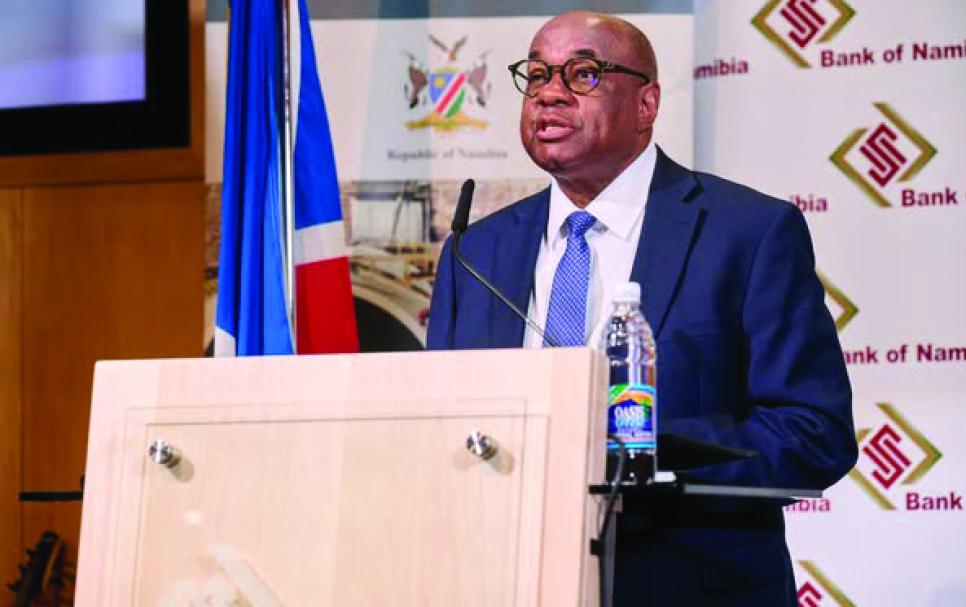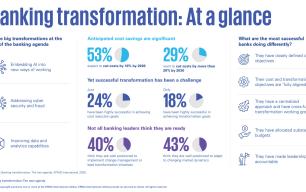Nam financial sector set for shake-up … Digital driven, inclusive fiscal landscape launched

- By Jeremiah Ndjoze
The Bank of Namibia, jointly with the Ministry of Finance and the Namibia Financial Institutions Supervisory Authority (NAMFISA), recently, launched the Namibia Financial Sector Transformation Strategy (NFSTS) 2025–2035. It is said to be a clear, 10-year roadmap to building a stronger, more inclusive and digitally driven financial sector that works for all Namibians. The strategy is further expected to tackle some of the country’s most pressing challenges, including limited access to finance, youth unemployment, financial exclusion, digital inequality and consumer protection.
It also aligns the financial sector with Namibia’s long-term development goals under Vision 2030 and the Sustainable Development Goals (SDGs). The three entities, collectively, maintained that this bold national strategy sets the course for a modern, inclusive and future-ready financial system that serves the development needs of all Namibians.
According to the proponents, the strategy represents a deliberate response to deep-rooted and emerging challenges facing the financial sector. These includes inequality, limited access to finance, youth unemployment, consumer protection, climate vulnerability and a rapidly digitising global economy. It has further emerged that the strategy is underpinned by five key pillars which include financial sector development, digital transformation, financial access, literacy and financial sector localisation.
NATIONAL BLUEPRINT
Bank of Namibia governor, Johannes !Gawaxab, underscored the magnitude of the stradegy. “We [want] to redefine the role of finance in Namibia, not as an abstract system, but as a foundation for economic empowerment, a catalyst for innovation and a driver of inclusive growth,” \ Gawaxab said.
He further reflects on Namibia’s current financial landscape maintaining that while the financial system is stable, modern and serving the formal and urban economy effectively, more must be done to deepen financial inclusion, particularly in the informal economy and in rural Namibia. The governor also cited the 2009 Financial Sector Charter, noting mixed results and missed targets.
“Ownership and control remain a persistent challenge, management and control present a deeper concern, skills development lags furthest behind and preferential procurement remains an underutilised lever.
But where commitment and accountability align, transformation is not only possible, it is powerful,” he added. /Gawaxab emphasised that the bank’s role now extends beyond its traditional mandate.
DIGITAL TRANSFORMATION
On his part NAMFISA chief executive officer, Kenneth Matomola promised a decade of extraordinary opportunity for the country’s financial sector. He further called on all stakeholders to navigate digital disruption, demographic shifts, climate challenges, geopolitics, econopolitics and widening inequality.
Outlining NAMFISA’s role as champion of consumer protection and market development within the non-banking financial sector, Matomola reiterated that consumer protection is of the essence. Said Matomola: “The strategy also emphasizes digital transformation, yet digital transformation presents both opportunities and challenges for the nation. The digital era has unlocked powerful tools, lowering barriers and transforming customer experiences. However, the digital era elevates cybersecurity threats, privacy concerns and operational vulnerabilities.”
He, nevertheless, affirmed that NAMFISA’s regulatory sandbox and international partnerships would keep Namibia at the forefront of secure and inclusive digital finance.
NATIONAL IMPERATIVE
Weighing-in on the matter, executive director at the ministry of finance, Dr. Michael Humavindu described the described the strategy as a national imperative, and not just a policy exercise. Humavindu maintained that when Cabinet approved the strategy in June 2025, it was more than an administrative act, it was a declaration of resolve.
He further characterised the strategy’s five pillars as “not just areas of focus, but a national commitment to economic justice, participation and resilience.” Humavindu stressed that each pillar speaks to an overdue promise, to deepen domestic financial capacity, elevate marginalised voices and shift power closer to the people.
The strategy’s formulation was grounded in deep consultations across public and private sectors, civil society, development partners, and regional stakeholders. It incorporates lessons from past reform efforts and embeds an oversight framework that will drive accountability and collaboration across the financial ecosystem.
- 107 views










Comments